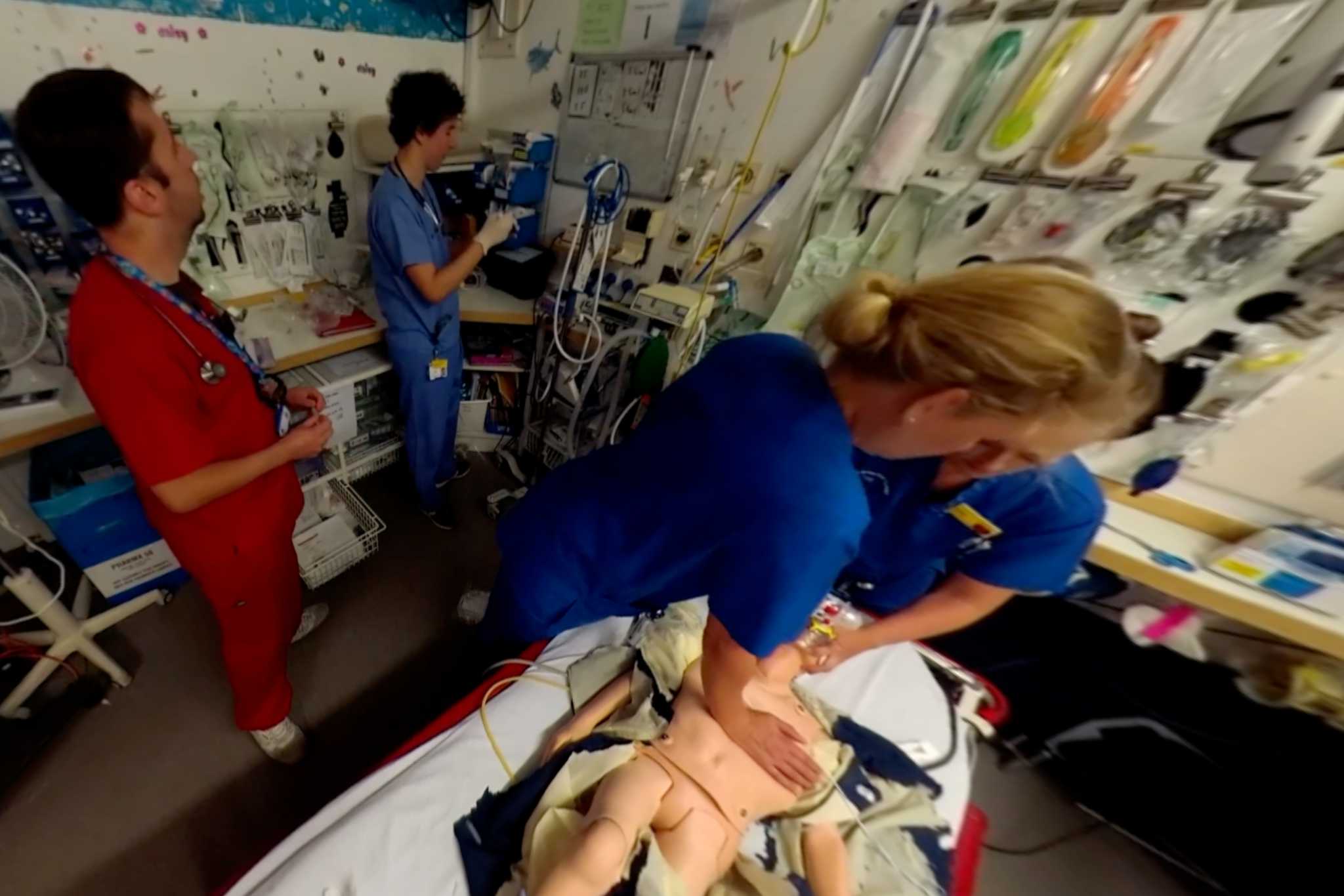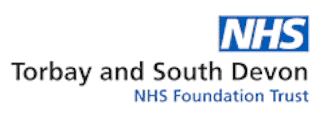
Advanced Paediatric Life Support (APLS)
Paediatric and Neonatal Life SupportUse this resource in conjunction with your real-world training
.gif)
Experience Summary
In this 360-degree video, observe the multidisciplinary team assess and manage an acutely unwell 6-year-old patient according to the principle of Acute Paediatric Life Support (APLS).
Clinical Context
APLS provides a structured and evidence-based approach to the assessment and management of acutely unwell children. The principles of APLS are particularly critical in time-sensitive situations involving life-threatening illness or injury in children, such as a 6-year-old presenting with sudden deterioration. APLS emphasises early recognition, systematic assessment, prompt intervention, and effective teamwork to optimise outcomes.
The foundation of APLS is the ABCDE approach: Airway, Breathing, Circulation, Disability, Exposure. This method allows for rapid identification and treatment of life-threatening problems in a priority-based sequence, ensuring that critical issues are addressed without delay.
- Airway: In a 6-year-old, airway obstruction can occur due to infection (e.g. epiglottitis), trauma, or foreign body aspiration. APLS teaches that the airway must be assessed and managed immediately, using age-appropriate techniques such as head tilt–chin lift or jaw thrust, and airway adjuncts if necessary. Oxygen should be administered early.
- Breathing: Children can compensate for respiratory distress longer than adults, but may deteriorate rapidly. Signs like increased work of breathing, cyanosis, or decreased breath sounds require urgent intervention. APLS guides the use of oxygen therapy, bag-valve-mask ventilation, and preparation for advanced airway management if needed.
- Circulation: Hypovolemia is a common cause of shock in children, often due to dehydration, sepsis, or hemorrhage. Capillary refill time, heart rate, peripheral pulses, and skin color are assessed. APLS recommends early intravenous or intraosseous access and bolus fluid resuscitation (20 mL/kg of isotonic saline), guided by ongoing reassessment.
- Disability: Neurological status is assessed using AVPU (Alert, Voice, Pain, Unresponsive) or the Glasgow Coma Scale (pediatric version). Pupillary response and blood glucose levels are also checked. Seizures, hypoglycemia, or raised intracranial pressure must be rapidly identified and managed.
- Exposure: A complete physical examination is done to identify rashes, injuries, or signs of infection while keeping the child warm to prevent hypothermia.
In addition to the ABCDE assessment, APLS promotes the use of age-specific reference ranges for vital signs and drug dosages, effective communication using SBAR (Situation, Background, Assessment, Recommendation), and the importance of involving parents or carers where possible to reduce anxiety and provide valuable history.
Discussion Points
The first time you watch this video, consider the following points:
- How did it feel to watch?
- Can you see the APLS algorithm in action?
- Did they get through the 4 Hs and 4 Ts?
On the second watch, consider the following:
- What do you think of the communication between teams?
- Is there a clear leader?
- Do the team have defined roles?
Learning Outcomes
- Observe the assessment and management of an acutely unwell child using APLS principles.
- Understand the steps involved in the assessment and management of an acutely unwell child using APLS principles.
- Understand the roles of the multidisciplinary team in an emergency situation.
- Observe the communication between members of the multidisciplinary team.
External Resources
.gif)